Dussehra is just as revered as Diwali, with the joyous mood usually beginning around the time of Navratri. Dussehra is celebrated on the 10th day of the month of Ashvin and co mmemorates the victory of Lord Rama over the demon Ravana. Just like Diwali, Dussehra is a deeply auspicious period as millions of devotees observe this important festival by burning effigies of Ravana along with his brothers Kumbhkaran and Meghnath. Other traditions of Dussehra involve performing Ramlila, a dramatized epic of Ramayana, usually organized by local communities. Several parts of India even celebrate Dussehra as a festival that marks the occasion of Devi Durga over Mahishasura.
Dussehra – Everything You Need to Know

Dussehra is just as revered as Diwali, with the joyous mood usually beginning around the time of Navratri. Dussehra is celebrated on the 10th day of the month of Ashvin and commemorates the victory of Lord Rama over the demon Ravana. Just like Diwali, Dussehra is a deeply auspicious period as millions of devotees observe this important festival by burning effigies of Ravana along with his brothers Kumbhkaran and Meghnath. Other traditions of Dussehra involve performing Ramlila, a dramatized epic of Ramayana, usually organized by local communities. Several parts of India even celebrate Dussehra as a festival that marks the occasion of Devi Durga over Mahishasura.
Diwali – Everything You Need to Know

Diwali is quite possibly the most important festival for every Hindu around the globe and is celebrated with a lot of enthusiasm and aplomb. Diwali commences 20 days after Dussehra and unlike Dussehra, Diwali is celebrated in the month of Kartika. The celebrations are rampant as people clean up their homes and decorate them with diyas and rangolis, burst fireworks, buy new clothes and jewelry, and perform Lakshmi Puja to invite wealth and prosperity into their lives. Just like many other festivals and important occasions in Hinduism, different parts of India celebrate Diwali for various reasons.
While North India celebrates the return of Lord Rama and Sita to Ayodhya, South India celebrates Lord Krishna’s victory over Naraksura, whereas, in Bengal, people celebrate by performing Kali Puja to honor Kali Maa and symbolize the destruction of evil forces. Even other communities participate in the festivities as the Sikh community celebrates the release of Guru Hargobind Ji and the Jain community celebrates Lord Mahavira finally achieving nirvana. Regardless of all the regional and religious differences, Diwali remains the same for everyone – the ultimate triumph of good over evil.
The Significance of Mahalakshmi in Diwali & Dussehra
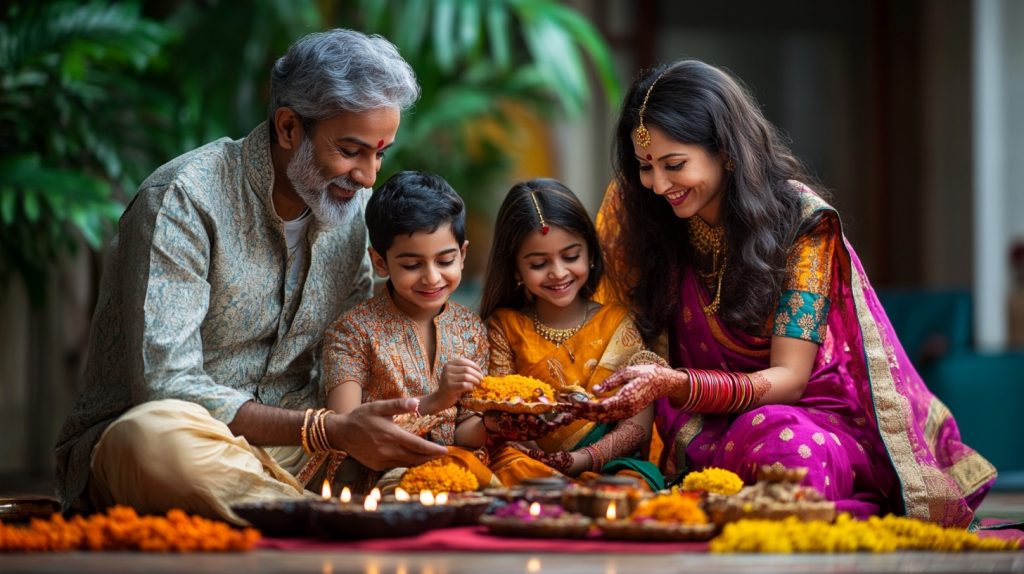
Lakshmi Puja is performed to gain the blessings of Maa Lakshmi, who is heavily associated with the time of Dipawali. This is also partly why Diwali is seen as a time of new beginnings for households and families alike since it’s believed Lakshmi Puja invites Devi Lakshmi into their homes. Devotees can also choose to place the Ganesh Lakshmi at Puja Place at home since it is immensely helpful for beginning anew. Devi Lakshmi is known as the Goddess of wealth and prosperity and even Diwali is seen as a new financial year, Devi Lakshmi is even depicted with gold coins showering out of the palm of her hands. She is the ultimate embodiment of fortune and prosperity. Devotees pay their respect to the Goddess during Diwali by offering sweets, flowers, rice, turmeric, and fruits, and dedicate mantras to Devi Lakshmi.
Whilst Devi Lakshmi may not be that significant in Dussehra, She is still a vital part of the festivities. This is because Dussehra commences on the 10th day of Navratri. Devi Lakshmi and Devi Durga are both worshipped during this time as they embody Shakti. While Maa Lakshmi represents wealth and prosperity, Maa Durga represents strength, courage, and feminine rage. Energies are heightened during this auspicious time, making it important to seek the blessings of deities like Maa Lakshmi.
Fortunately, Rudraksha beads like the 7 Mukhi Rudraksha and the 7 Mukhi Cashbox allow devotees to channel Her energy. Another significant part of the Dussehra procession is that it celebrates Lord Rama’s victory and it’s believed that victory is followed by prosperity, something that Maa Lakshmi embodies. Every year, millions of families worship her for her divine blessings and grace.
Conclusion
The lore of Diwali and Dussehra is vast, with lots to uncover even today, centuries after the first Diwali and Dussehra were celebrated. Ancient texts and rituals are abided by even today to pay respects to the deities and gain their blessings and grace during this sacred festive season. There is always a way to make the most out of this period and Rudralife is here to help you with that! Get in touch with our experts for a free recommendation and figure out which Rudraksha is the best for you to guide you on your spiritual journey.











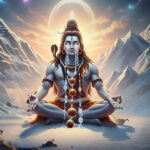
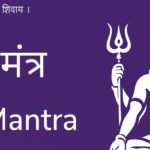
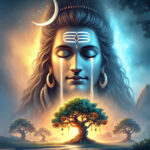
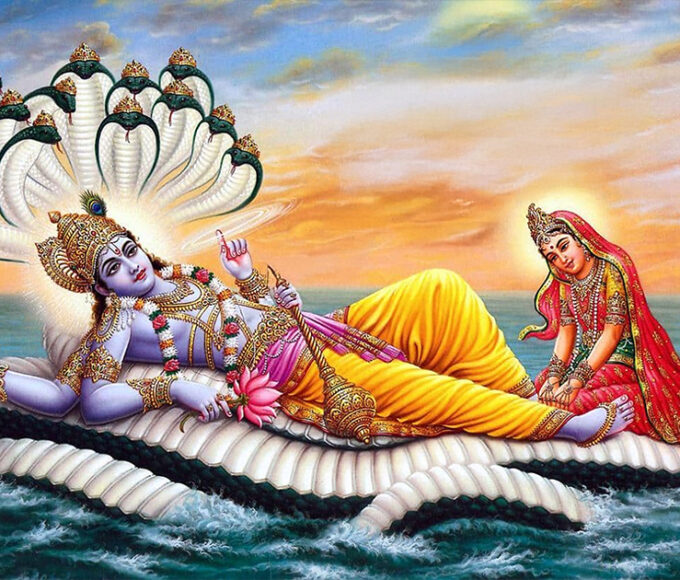
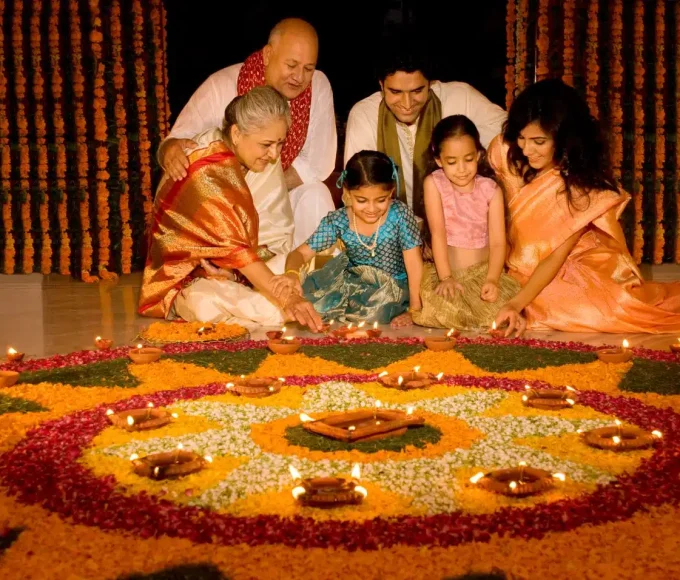
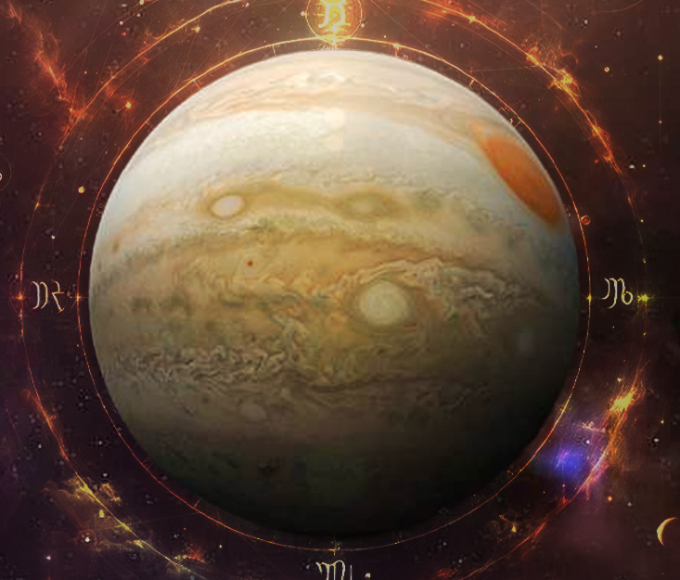
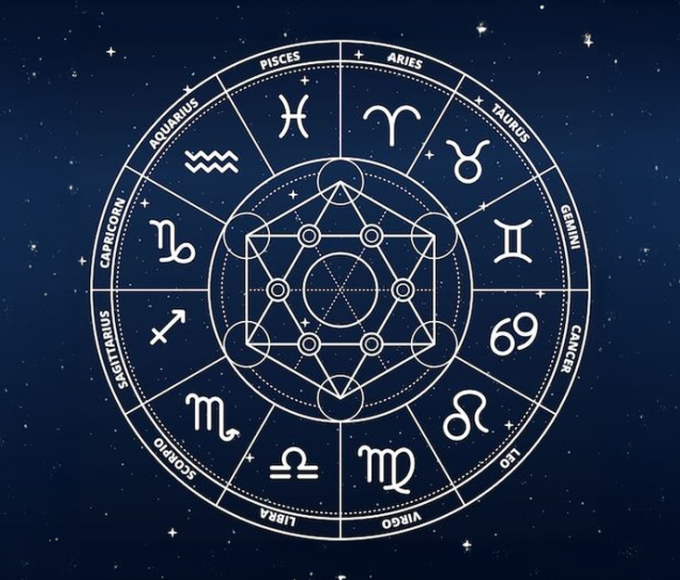
Leave a comment